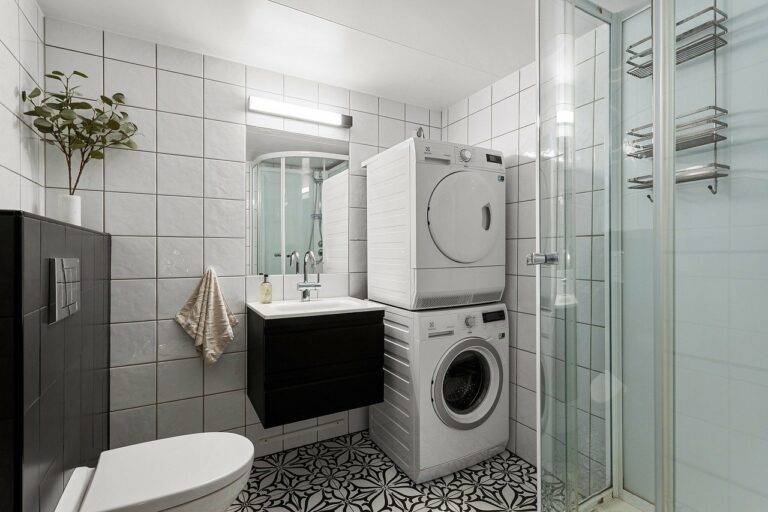Exploring Sustainable Materials for Eco-Friendly Home Additions
11xplay, reddy anna book, goldenexch 7777:Exploring Sustainable Materials for Eco-Friendly Home Additions
In today’s world, there is a growing emphasis on sustainability and eco-friendliness. As homeowners, it’s important to consider how our choices affect the environment. One way to make a positive impact is by choosing sustainable materials for home additions. By selecting eco-friendly options, you can not only reduce your carbon footprint but also create a healthier living space for you and your family.
When it comes to home additions, there are a variety of sustainable materials available that can be used for construction, renovation, and decoration. From flooring and countertops to insulation and roofing, there are many options to choose from. In this article, we’ll explore some of the most popular sustainable materials for eco-friendly home additions and provide you with the information you need to make informed decisions for your next project.
Bamboo
Bamboo is a versatile and sustainable material that is often used in home construction and renovation. It is a fast-growing grass that can be harvested in as little as three to five years, making it a renewable resource. Bamboo is also incredibly strong and durable, making it an excellent choice for flooring, countertops, and cabinetry.
Cork
Cork is another sustainable material that is gaining popularity in home design. It is harvested from the bark of cork oak trees, which are able to regenerate their bark after it is harvested. Cork is soft, resilient, and naturally water-resistant, making it an ideal choice for flooring, wall coverings, and insulation.
Recycled Glass
Recycled glass is a unique and eco-friendly material that can be used in a variety of home additions. From countertops and tiles to decorative accents and light fixtures, recycled glass adds a touch of color and character to any space. By using recycled glass, you can help reduce waste and conserve natural resources.
Reclaimed Wood
Reclaimed wood is a popular choice for eco-friendly home additions. By using wood that has been salvaged from old buildings, barns, or other sources, you can create a rustic and unique look in your home while also preventing new trees from being cut down. Reclaimed wood can be used for flooring, furniture, trim, and more.
Cotton Insulation
Cotton insulation is a sustainable alternative to traditional fiberglass insulation. Made from recycled denim jeans, cotton insulation is non-toxic, easy to install, and provides excellent thermal and sound insulation properties. By choosing cotton insulation, you can improve the energy efficiency of your home while also reducing your environmental impact.
FAQs
Q: Are sustainable materials more expensive than traditional materials?
A: While some sustainable materials may have a higher upfront cost, they often provide long-term savings in terms of energy efficiency and durability. Additionally, the use of sustainable materials can contribute to a healthier indoor environment for you and your family.
Q: How can I find sustainable materials for my home additions?
A: There are many retailers and manufacturers that specialize in eco-friendly building materials. You can also consult with a green building professional or architect to help you identify the best sustainable options for your project.
Q: What are the environmental benefits of using sustainable materials?
A: By choosing sustainable materials, you can help reduce greenhouse gas emissions, conserve natural resources, and minimize waste. Sustainable materials also tend to have lower levels of harmful chemicals, improving indoor air quality and overall health.
In conclusion, exploring sustainable materials for eco-friendly home additions is a great way to make a positive impact on the environment and create a healthier living space for you and your family. By choosing materials such as bamboo, cork, recycled glass, reclaimed wood, and cotton insulation, you can enhance the beauty and functionality of your home while also promoting sustainability. As you embark on your next home project, consider incorporating sustainable materials into your design for a greener future.







